They don’t get up in the morning, rubbing their hands and getting ready for another day of dashing dreams and hopes, and squandering their organization’s future. But they often are the enemy of innovation.
Yes, there was Steve Jobs and the other handful rebel CEO’s who changed the rules or went alone to realize their vision. But next to Jobs are 100 others who failed miserably. And nobody talks about them. And there are tens of thousands of other executives who barely survive day by day and don’t even bother trying.
The curse of the schedule
Days of executives are long, fragmented and often disrupted by emergencies. An endless string of 30-minute meetings, the most important meeting of the day for the other side, just another meeting for the executive. Never enough time to dive deep into an issue, made worse by increasing digital disruptions and the hunger for dopamine. Just like that, another day in the book.
We heard the advice many times before: Carve out at least 2 hours a day to just think. To reflect. To do real work. To see things before things are falling apart. But the corporate 16-hour machine doesn’t allow you to do it. Emergencies are calling, decisions have to be made and reality always supersedes innovation. It’s not their fault. It’s not a failure. It’s the system sucking all the life and energy out of them in order to keep the machine going.
It has always been like that. The problem is that 20 years ago, major changes in their competitive environment took 10 years. Now they take a month, a few days. If they are lucky.
It’s the corporate structure, stupid
The whole corporate structure rewards this behavior, ensures the best executives filling that need are hired. Part of their job is to talk a lot about innovation. They have their vision slides, they have the future talk. Because they know change is needed. Desperately needed. The company has to change. And so, they talk about it. A lot. Because that’s what their employees and clients want to hear. And it makes for good PR. They do startup events, get some innovation speakers talking about the changes that are needed, go to conferences and hearing more about necessary changes.
They play the game, but they don’t internalize it. Not because they are not willing, not motivated or lazy. After the speakers are gone, after the events are over, they need to continue feeding the corporate machine. No time. No mind space. All this innovation stuff is good but why not wait for a bit, why not take our time to get it right? Let’s focus all of our attention to the urgent, the important will have to come later.
Empower your people
Here’s the bad news, C-Suiter. You won’t do the innovation. You need to continue feeding the corporate machine until the hard innovation work has been done. Your job is to find one person/a team to do the transformation for you. Give that person/team budget, governance, infrastructure, trust and, most importantly, a feeling of safety and value. Empower them. Let them do their innovation work.
And see how they change the world for you.

